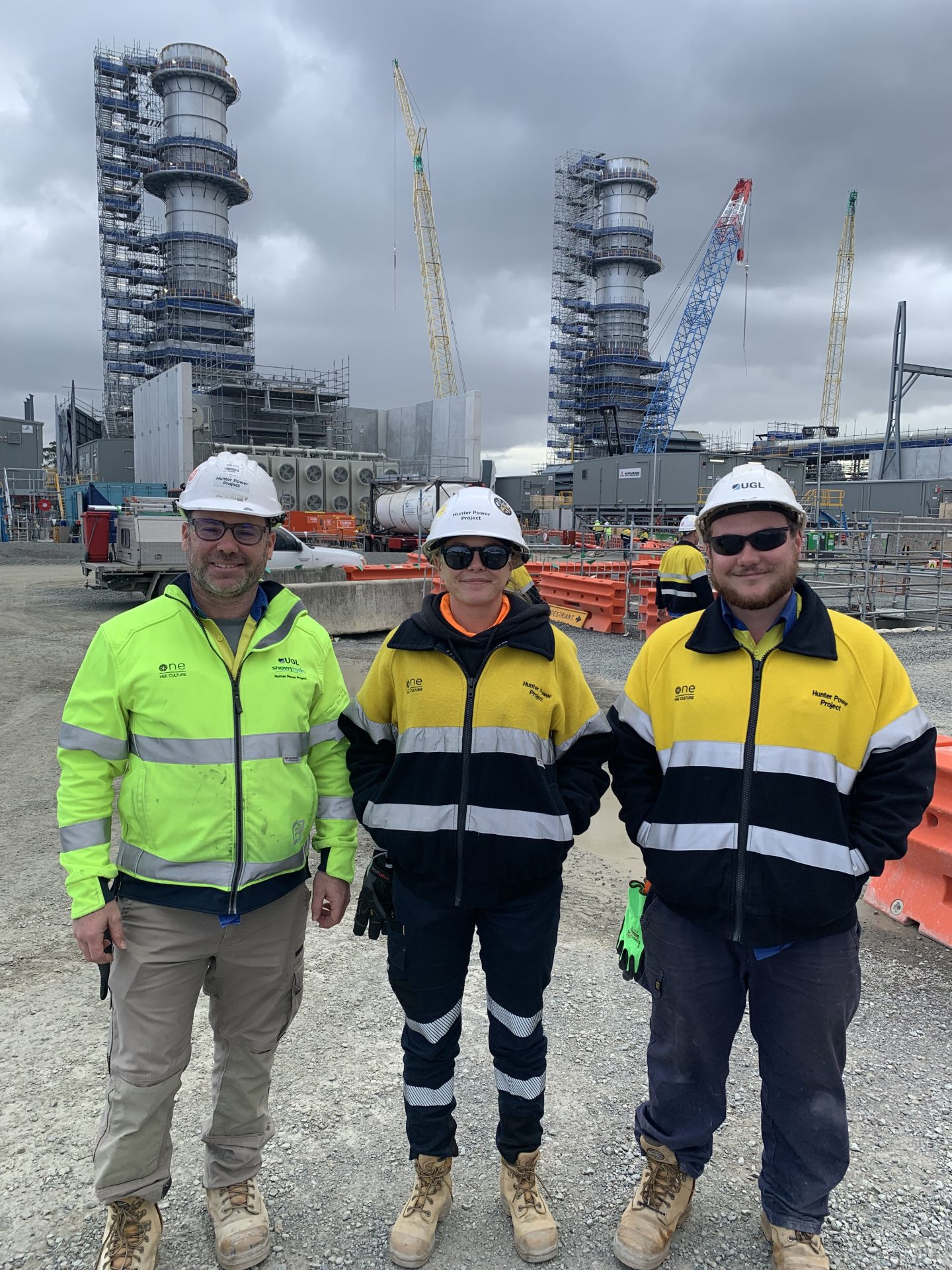Commissioning of Snowy Hydro’s fourth on-demand gas power station has achieved a significant milestone, with the Hunter Power Project (HPP) team successfully firing up one of the station’s two class-leading gas turbines late last week.
Snowy Hydro’s Chief Executive Officer Dennis Barnes said ‘first fire’ is an important milestone, which involves the gas turbine igniting and reaching full speed for the first time.
“First fire is a turning point in the power station’s development that confirms the design, construction and cold commissioning of the turbine has been successful,” Mr Barnes said.
“We’re very proud of the project team, whose hard work and dedication have seen us through a very challenging delivery program.”
To be known as Kurri Kurri Power Station in operation, the project’s gas supply infrastructure is now complete. The station is expected to reach full commercial operation in coming months after experiencing several periods of heavy rain over the past year.
The station’s commissioning program has been impacted by 69 days lost to weather impacts in 2025 alone, including during what was the region’s wettest May in 30 years.
Designed to run only for a minority of the time, when electricity demand is high and renewable generation is limited, Kurri Kurri Power Station will have capacity to provide a significant 660 megawatts of power to the grid. This will help reduce pressure on electricity prices, avoid blackouts and cut around five million tonnes of carbon dioxide-equivalent gas emissions annually.
”Every megawatt of capacity provided by Kurri Kurri enables three megawatts of renewable wind and solar to come online and replace increasingly unreliable coal generation,” Mr Barnes said.
“This represents real change in our energy system that will deliver important benefits to energy users across the grid, while making a difference in Australia’s response to climate change.”
Kurri Kurri Power Station remains on track to be delivered within its target cost of around $1.3 billion.
Video footage is available here, and images are available on request.

